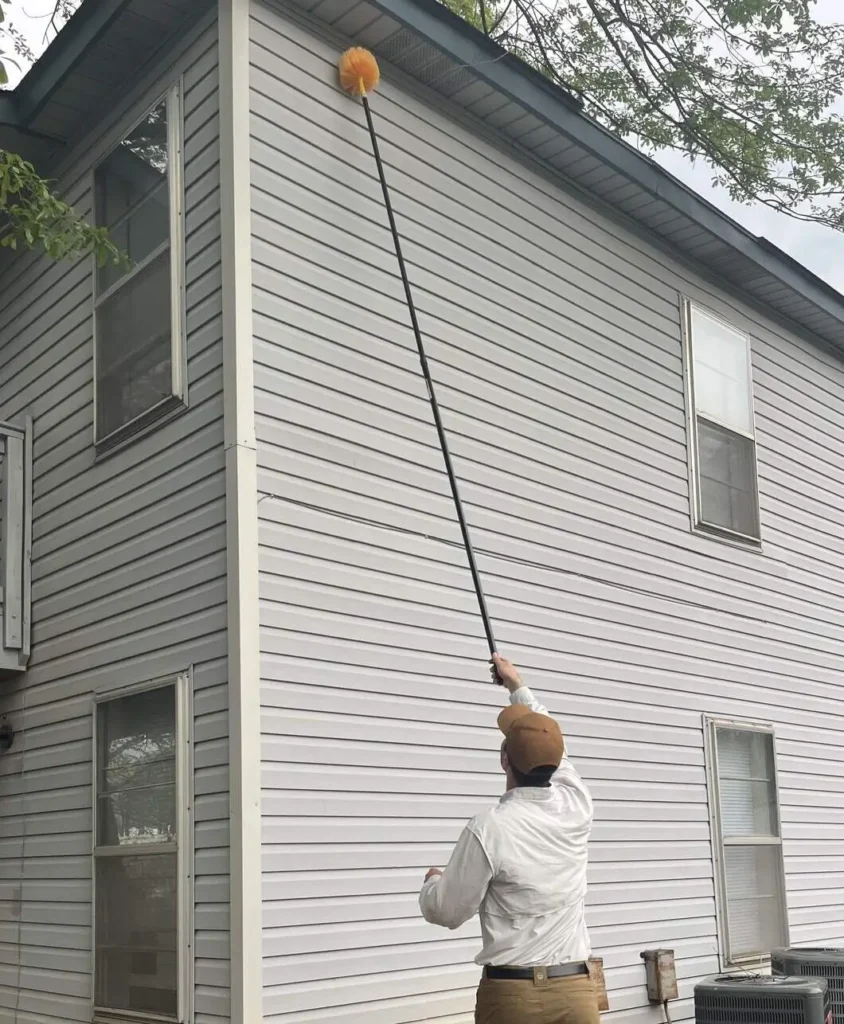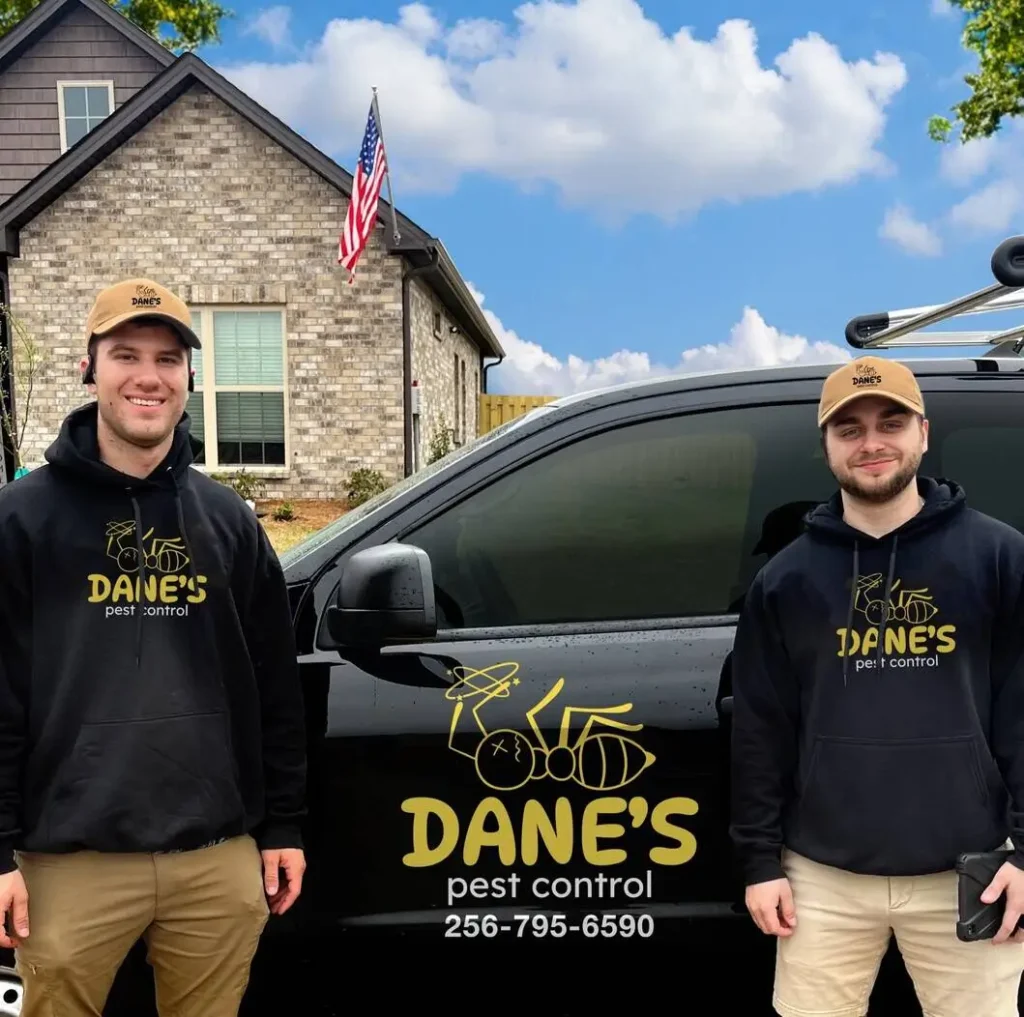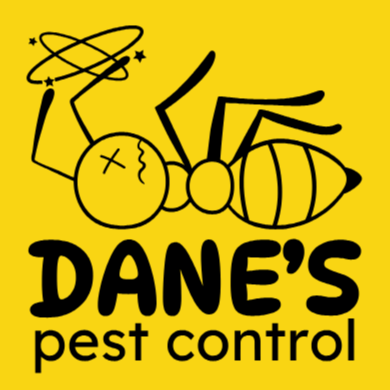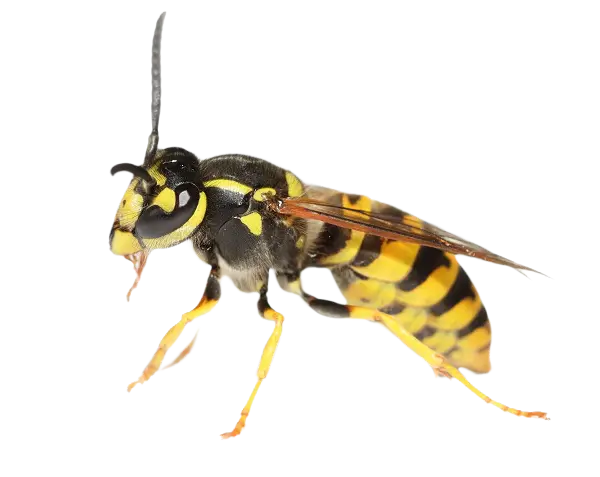Wasp Nest Removal Huntsville AL

Our team of exterminators specialize in wasp nest removal in Huntsville Alabama. Give us a call today to remove and prevent wasp and hornet nests on your home or commercial property!
Get Rid of Wasps & 30 Other Pests Starting at $33/Month
GET MORE INFORMATION

What Our Customers Are Saying
EXCELLENTTrustindex verifies that the original source of the review is Google. Highly recommended. Quick on answering texts and any questions. Zach was wonderful, he took the time to answer any questions I may have. Great job!!Trustindex verifies that the original source of the review is Google. I highly recommend Ben Dane, before obtaining Ben’s services I was having a problem with bugs inside my home and fire ants on the outside. After a couple of visits I have not had any issues. I am very happy with the service I am receiving.Trustindex verifies that the original source of the review is Google. We’ve been with Dane over a year now and they are great company. Zach was super helpful and friendly and answered any concerns we had. We couldn’t think of a better pest control company. I would highly recommend above other companies in the area!Trustindex verifies that the original source of the review is Google. Ben and his company do excellent work!! I will say I am not one to be easily impressed but his expertise, service, prices, attention to detail were exceptional!! He answered all my questions patiently and made me feel at ease with the pest problem I had. He was great to work with!! I highly recommend this company!Trustindex verifies that the original source of the review is Google. The service from Dane’s has been outstanding since I contracted last year. Ben Dane went above and beyond to eliminate a pest problem in an older home that I had purchased upon hiring the company. Additionally, service this week by Zach was helpful and professional and he discovered a source of wasps. Highly recommend this company!Trustindex verifies that the original source of the review is Google. Outstanding service! Dane's Pest Control responded within minutes and was out the same day. I couldn't ask for better service—quick, professional, and reliable. Highly recommend!Trustindex verifies that the original source of the review is Google. This was the first time. Dane did an excellent service. I am happy with him.Trustindex verifies that the original source of the review is Google. Great service and guy to work with. He is clear and upfront and ready to take your business. Looking forward to continue working with him.Trustindex verifies that the original source of the review is Google. Zak did a wonderful job your service is top notch
GET MORE INFORMATION

Dane’s Pest Control: Wasp Nest Removal
Our wasp nest removal service starts with inspecting your home to determine what species of wasp, hornet, or bee you have. We also need to determine where the nest is located. After inspecting your problem we develop a treatment plan for the hornet or wasp nest removal. Once we have removed the wasps and hornets from your home we provide preventative pest control to stop them and other pests like cockroaches, ants, and other pests from returning to your home or business.
Signs of A Wasp, Hornet, or Bee Infestation
Here are some of the ways you can tell if you have a hornet or wasp infestation
Flying Wasps and Hornets
Wasps and hornets are social insects so seeing a few flying around is a sign there are more close by. Wasps and hornets will often forage for food and water close to where there is a nest. So if you have started to see an increase in the amount that you are seeing you can assume there is a nest nearby.
Locating A Wasp Nest
Seeing a nest on your Huntsville home is an easy way to know you need a wasp nest removal service. Wasps and hornets make many different types of nests, some that are easy to spot and others are not. Look in areas like under eaves, attics, garages, trees, wood piles, windows, chimneys, sheds, storage buildings, barns, holes in the side of the house, and any other secluded areas.
Buzzing Sounds
Some species of hornets and bees like to nest inside of homes. You can often hear buzzing sounds coming from the nest. Listen closely to all the walls of your home to see if there are any buzzing sounds from a nest inside.
Swarms
Bees and hornets will often swarm when in distress. If you see a swarm of wasp, hornets, or bees this can be a sign they are about to infest your home.
Chewed Wood or Paper Residue
Wasps like to chew on wood and paper to make nests. If you find this residue this can be a sign a nest is being built.
Common Wasps and Hornets in Huntsville AL
Huntsville, Alabama, is home to a variety of wasp and hornet species, each with distinct appearances, behaviors, and nesting habits. Here are some of the most common species we perform wasp nest removal for.
Bald Faced Hornets
Bald-faced hornets are close relatives of yellow jackets but aren’t true hornets. They are known for being very aggressive when protecting their nest and will sting repeatedly to get rid of intruders. They have stout black bodies with distinctive white markings. Workers measure 12 to 15 mm, while queens are larger at 18 to 20 mm. Males can be identified by an extra white band on the abdomen.
Bald-faced hornets build large paper nests by combining chewed wood fibers with saliva, resulting in a material that resembles paper mâché. These nests are round with a single opening near the bottom, allowing hornets to enter and exit. Some nests can reach up to three feet across. They are often constructed high up in trees, shrubs, or attached to buildings and utility poles. The structure of the nest includes multiple horizontal layers of comb, encased in a thick, layered outer shell, providing protection and support for the colony. These hornets are extremely dangerous, we highly recommend calling a professional to perform a wasp nest removal service as trying yourself can result in serious injury.
Mud Dauber
Huntsville is home to several species of mud daubers, including the black-and-yellow mud dauber, the blue mud dauber, and the pipe organ mud dauber. Mud daubers are very helpful insects and rarely sting people. Mud daubers are slender wasps known for their long narrow bodies and distinct constricted waists. Mud daubers measure between ½ to 1 inch in length and come in colors like black, metallic blue, or a mix of yellow and black. Some species may also feature yellow or greenish markings. These wasps have clear or dark wings and long slender legs which help them navigate while hunting.
Mud dauber nests are cylindrical cells made out of mud that have a small opening at the end. These nests are found attached to walls, under eaves, or in sheltered outdoor areas. The nests often consist of several individual mud cells, each containing a captured spider or insect sealed inside to feed the larvae. Mud daubers are solitary wasps, so each nest is usually built by a single female, and the mud cells are carefully arranged in a series or cluster.
Cicada Killer
Cicada killer wasps are large solitary wasps known for their striking black and yellow markings. They are among the largest wasps in North America, ranging from 1.5 to 2 inches long, with females typically being larger than males. These wasps have dark brown or black bodies, accented by yellow or orange markings on their abdomen and thorax, while their heads are a rusty red color. Their wings are amber or russet, further distinguishing them from other wasp species.
Cicada killers seem scary and dangerous but they won’t sting unless provoked. They build nests in the ground which can make outdoor activities like playing or mowing challenging. But overall cicada killers really don’t pose a direct threat. Their nests look like small animal burrows but are easily identified by the wasps’ activity around the entrance. These wasps are most commonly seen in the summer when the females dig underground nests and lay their eggs in the tunnels.
Paper Wasp
Huntsville is home to several species of paper wasps, including the Common, European, Northern, Metric, and Ringed paper wasp. Paper wasps are typically brown or black with yellow or brown stripes, though some species may appear red or display brighter colors. They generally measure between 5/8 to 3/4 inches in length. These wasps have slender bodies with a narrow waist that separates the thorax from the abdomen. Their long legs dangle as they fly, and they possess two pairs of wings, with the front pair being larger than the rear.
Paper wasp nests are made from a pulp of wood and saliva, giving them a papier-mâché texture. These nests are often found in protected areas such as tree branches, shrubs, porch ceilings, and under eaves, as well as in voids like metal pipes or unused equipment. The nests are open and have a single layer of egg cells, or combs, which are sealed off after the queen lays her eggs. The size of a paper wasp nest can vary, with some nests containing just a few cells, while others may have over 400.
Alabama Red Wasp
Huntsville is also known to be home to the Alabama red paper wasp. There are two species of red paper wasp: the coarse backed red wasp and fine backed red wasp. They are completely red but sometimes can appear yellow or orange. They are about 1 inch long and have similar behavior to other paper wasp species.
Yellow Jacket
The most common yellow jacket species we preform wasp nest removal for is the southern yellow jacket. These pests are extremely aggressive and can cause serious injury if attacked. Yellow jackets are medium-sized wasps with distinctive black and yellow or black and white stripes. Workers measure about ½ inch in length, while queens are slightly larger at around ¾ inch. Their bodies are hard, shiny, and mostly hairless. Yellow jackets also have prominent antennae and a blunt abdomen that sits close to the thorax, along with faces marked in yellow or white.
Yellow jackets build their nests from chewed wood fibers mixed with saliva, creating a sturdy, paper-like structure. The most common location for yellow jacket nests in Huntsville are in the ground. They will burrow holes into the dirt and create nests inside. They also will create nests inside secluded areas like attics, trees, wood piles, and crevices in homes. It is not as common but yellow jackets will also nest outside in the open like in trees, under eaves, and other upper areas that are secluded from the weather. A yellow jacket colony starts when a queen selects a nesting site in the spring and begins constructing a small comb where she lays her eggs. As these eggs develop into worker wasps, they take over the expansion of the nest and care for new larvae. Throughout the summer the nest can grow to hundreds or even thousands of yellow jackets. By fall, the nest reaches its peak size then it dies off as temperatures drop. Only newly fertilized queens survive to start the cycle over the following spring.
Carpenter Bees
Carpenter bees are often mistaken for bumblebees. These bees are large, shiny, mostly hairless with black abdomens. They are typically black and yellow or black and metallic blue, depending on the species. Females are larger than the males. Carpenter bees create nests inside of wood that have round entry holes about the size of a finger. Inside the nest they tunnel through the wood to create branching chambers where they lay their eggs. These nests are commonly found in wood structures, like eaves, fences, and decks, and their activity can leave visible sawdust around entry points.
Digger Wasps
Digger wasps are medium to large wasps that have black with yellow or white markings, and have slender bodies with noticeable waists. They nest by digging small burrows in sandy or loose soil, leaving tiny mounds of dirt around the entrances. Inside their burrows, digger wasps create individual chambers where they lay eggs and store paralyzed prey, such as caterpillars or other insects, to feed their larvae. These nests are usually found in sunny, open areas like gardens, lawns, or bare patches of soil. Although their digging behavior can leave small holes, digger wasps are generally non-aggressive toward humans.
Potter Wasps
Potter wasps are medium-sized wasps that have black or dark brown with distinctive yellow or white markings. They build pot shaped nests which is how they get their name. These small clay-like nests are usually attached to plant stems, branches, or structures like walls and window ledges. Each “pot” contains a single egg and a supply of paralyzed caterpillars or other small insects for the developing larva to consume. Potter wasps are solitary and non-aggressive towards humans. They focus on hunting and nest-building rather than defending their nests.

Dane’s Pest Control
- Huntsville Owned and Operated
- Pet and Kid Friendly
- Effective Solutions
- Fast Customer Service
We take pride in serving 1000’s of homes in North Alabama. We use the latest techniques and products to deliver an effective wasp nest removal while also being pet and kid friendly. No matter the pest or rodent problem, rest assured that we have a solution for your Huntsville home. If you are looking for pest control near you then look no further than our team here at Dane’s Pest Control!
.

